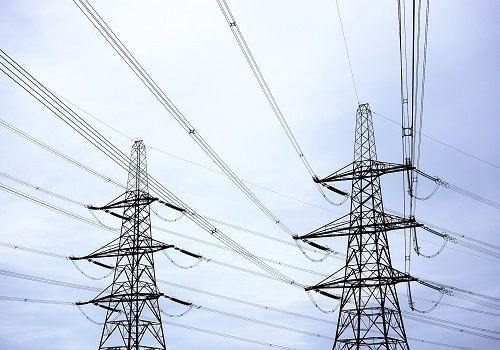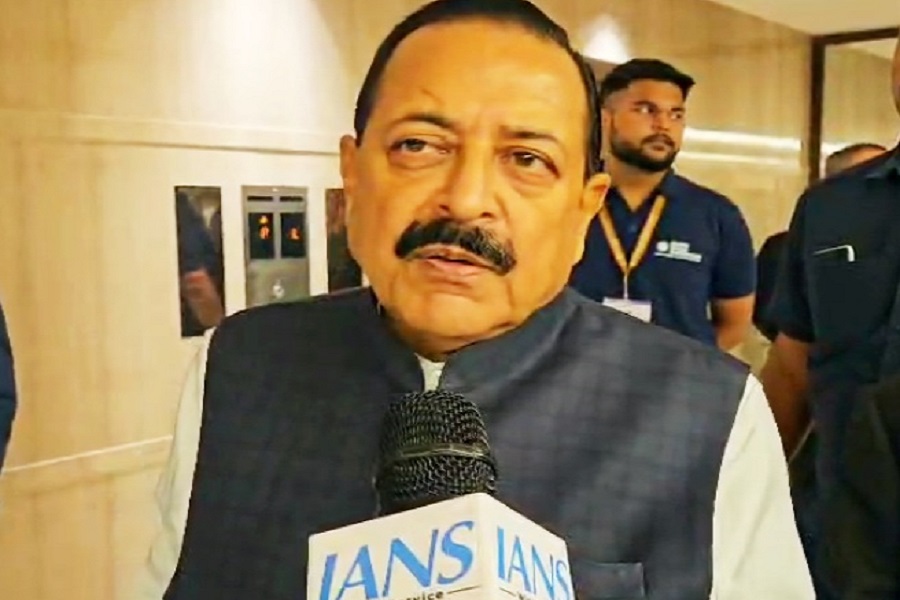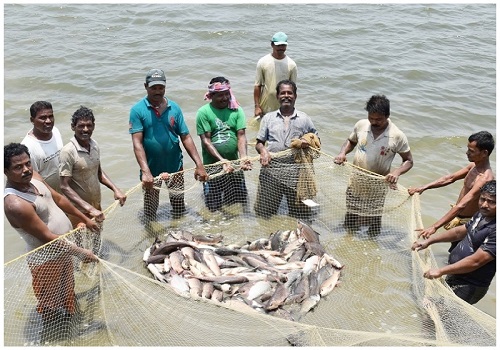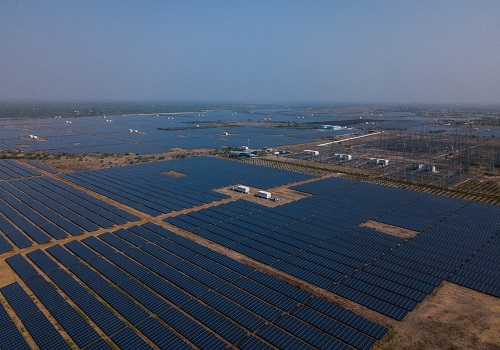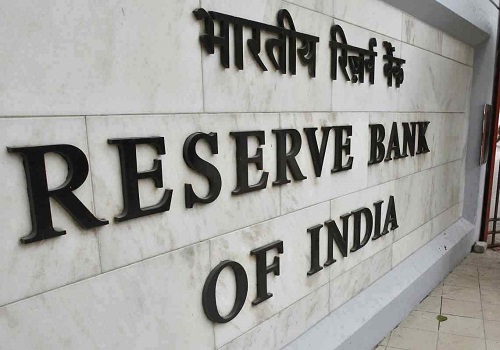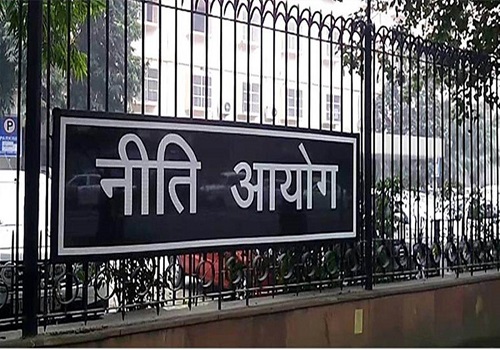Q2FY24 BoP CAD improves on better services` exports by Emkay Global Financial Services Ltd

Follow us Now on Telegram ! Get daily 10 - 12 important updates on Business, Finance and Investment. Join our Telegram Channel
The sequential narrowing of the current account deficit (CAD) to USD8.3bn (1% of GDP) in Q2FY24 was despite a higher trade deficit, as net invisibles improved. However, the reversal of FPI and FDI flows led to a sharp fall in capital account surplus, with a small BoP surplus (USD2.5bn) for the quarter. For FY24E, we maintain CAD/GDP at 1.4%, led by incrementally improving goods trade deficit vs. FY23 and solid services trade surplus. Risks from higher crude oil prices have receded. We see no risk to CAD funding currently and see FY24 BoP surplus at USD9-10bn vs. (-)USD9bn in FY23. INR will stay range-bound amid low volatility due to the RBI’s two-way FX management strategy.
Q2FY24 CAD/GDP declines to 1%, led by a surge in net invisibles
CAD fell sequentially to USD8.3bn (1% of GDP – meeting our expectations) vs. the Q1FY24 deficit of USD9.2bn (1.1% of GDP) and the year-ago deficit of USD30.9bn (3.8% of GDP). The improvement was despite the increase in goods trade deficit to USD61.0bn (7.0% of GDP) from USD56.6bn (6.6% of GDP), with imports rising faster than exports. Thus, better CAD was due to a sharp rise in net invisibles, with net software exports (USD35.2bn) at the highest level on record. Non-software exports also rebounded from the previous quarter’s one-year low, with an improvement in R&D and travel services exports. Net remittances rose 9% QoQ, while net investment income (-USD12.2bn) continued to be a drag amid higher global rates.
Reversal of flows depletes Q2 capital account surplus; BoP surplus falls to USD2.5bn
The decline in capital account surplus (USD10.0bn, 1.2% of GDP vs. 4.0% in Q1FY24) was led by a massive contraction in both net FPI flows (USD4.9bn vs. USD15.7bn in Q1) and net FDI flows (outflow of USD0.3bn vs. USD5.1bn of inflows in Q1). The reversal in FPI flows was led by equity (USD3.6bn vs. USD13.6bn), while debt flows moderated from a high base. Net ECBs turned negative for the first time since Q3FY23, due to higher rates abroad. Banking capital flows declined but stayed positive. Volatility in banking capital has persisted for over a year; and the trend will likely stay patchy with global rate uncertainty set to continue. Overall, Q2 BoP stayed positive but fell to USD2.5bn (vs. USD24.4bn in Q1FY24), while the basic balance (CAD+FDI), which reflects durable funding, stayed negative (-USD8.6bn vs. –USD4.1bn).
Risks recede to our FY24E CAD/GDP of 1.4%; BoP surplus to be USD9-10bn
Q3FY24 CAD/GDP is likely to worsen, with a sequentially wider goods deficit led by high imports (due to the festive season), while services will likely improve further. The upside risks to our forecast from higher crude oil prices have receded somewhat, as concerns over slowing global demand have kept Brent below USD80/bl since November, despite the ongoing conflict in the Middle East. Therefore, we maintain our FY24 CAD/GDP forecast of 1.4%, with lower risks from higher crude prices. Additionally, solid services (non-software) trade surplus will continue to partly offset the merchandise trade deficit. We reckon the broadening of services exports will likely bear long-term fruits, but it will not be immune to impending global slowdown/recession. CAD funding so far has been quite smooth, and we believe H1CY24 could enjoy some frontloaded FPI inflows ahead of India’s bond index inclusion. We also note that FPI flows have returned strongly in Q3 so far; and, thus, assuming stable and low net FDI flows and improving capital flows, we estimate BoP surplus of USD9-10bn in FY24 vs. (-)USD9bn in FY23.
INR to stay range-bound going ahead
INR has behaved relatively well in FYTD24, helped by the RBI, despite the widening trade deficit, higher Brent prices, and recent FPI equity outflows. The RBI’s two-way intervention in recent months (See: FX Strategy: Our thoughts on RBI’s evolving FX management) has helped in keeping INR volatility extremely low, and the currency has been range-bound as a result. Going ahead, depressed forward yields, unless corrected, will act as an impediment to INR’s upside potential when USD may globally face weakness. Nevertheless, it would be difficult to take a strong directional call on the noiseless INR
More Emkay Global Financial Services Ltd Disclaimer http://www.emkayglobal.com/Uploads/disclaimer.pdf
& SEBI Registration number is INH000000354








